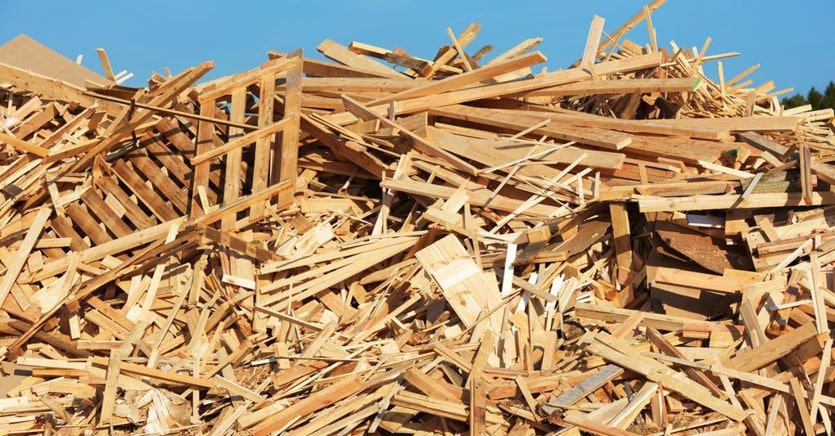The beauty of the numbers is that they are always more eloquent than many words: because no one would ever doubt that recycling the materials used to generate new ones is a right and necessary action from the point of view of environmental sustainability. But few know that this kind of activity also has important economic repercussions. let’s take the case of wood: two researches conducted by the Politecnico di Milano between 2019 and 2020 estimated that the wood recycling chain added to the regeneration chain generates an economic impact of 2 billion euros, 10,587 direct jobs, as well as to a saving in CO2 consumption of almost 2 million tons.
The pandemic has not stopped this activity, in which the Italian wood supply chain is among the first in Europe. In fact, wood recycling in Italy represents a virtuous example of circular economy: according to Rilegno, the environmental consortium for the recovery and recycling of packaging made with this material, 97% of wood at the end of its life becomes a new raw material for the industry. of wood-furniture, making it possible to avoid the emission of 1.9 million tons of CO2 into the atmosphere.
Loading…
Not to mention the importance of recycling in this phase in which, for months now, the cost and procurement of raw materials have been creating significant problems for companies.
The numbers of wood recycling in Italy
In 2020 Rilegno collected and recycled 1.8 million tons of wood. This material is natural, sustainable par excellence, infinitely recyclable and plays a fundamental role in the fight against climate change, thanks to its ability to absorb carbon dioxide. Most of the recycled material consists of pallets, industrial packaging, fruit and vegetable packaging and for food, but an important share (over 600 thousand tons) comes from urban collection carried out through active agreements with 4,500 Italian municipalities, which converge materials from domestic consumption such as old furniture, boxes for fruit or for wines and spirits, up to corks in cork.
Rilegno manages a supply chain based on 1,979 consortium members, 421 private collection platforms, 15 recycling plants, 4,549 affiliated municipalities, for a population served that exceeds 42 million inhabitants.
